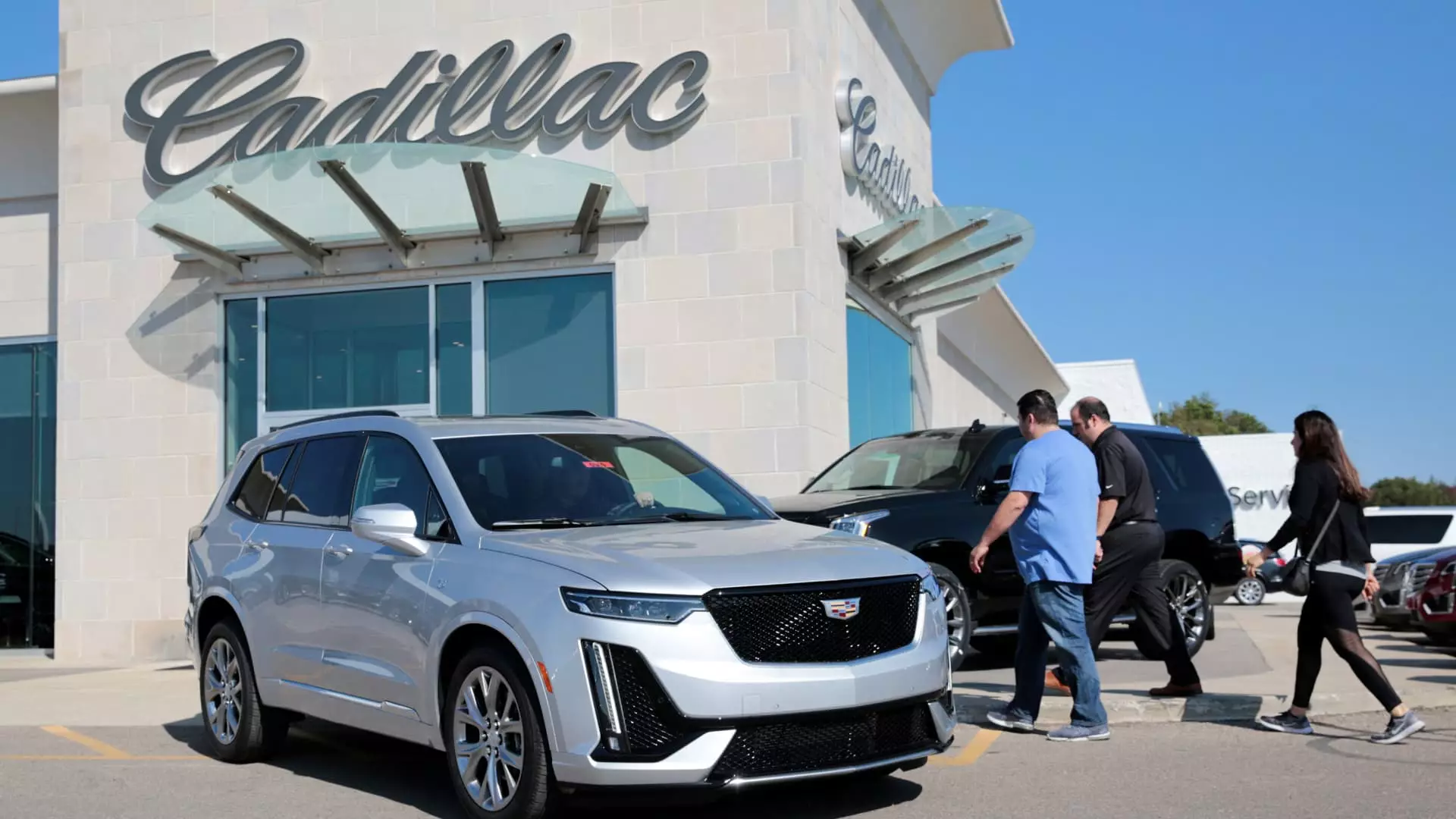General Motors’ recent announcement to end production of the gasoline-powered Cadillac XT6 marks a significant turning point for the automotive industry, encapsulating a deeper narrative about the evolution of consumer preferences and environmental responsibilities. By shifting focus to their all-electric lineup, GM is not just adapting to trends but actively participating in the redefinition of luxury and utility in vehicles. This shift, while bold, invites scrutiny on whether it adequately considers diverse consumer needs beyond the EV enthusiasm.
The Cadillac XT6’s underwhelming sales figures, averaging only 19,000 units since its launch, reveal that consumer desire is not solely for size and prestige but also consideration of value and utility. The XT6’s fate underscores the risks associated with prioritizing a model that, despite its luxury branding, might not resonate with a pragmatic consumer base. Instead of lamenting the loss of a product, GM should reflect on these insights and pivot toward creating vehicles that align more closely with actual consumer demands.
Balancing Electric Ambitions and Consumer Needs
The decision to continue producing the XT5 implies that there is still a significant market for gasoline-powered vehicles among Cadillac’s clientele. With the XT5 ranked as the third best-selling vehicle in Cadillac’s lineup, it’s evidence that while the push towards electrification is vital, it should not eclipse the immediate reality of consumer preferences. As consumers grow increasingly eco-conscious, it is imperative for GM to balance their electric ambitions with accessible options that meet diverse needs.
This dichotomy presents both challenges and opportunities for Cadillac. The recent push towards electric vehicles exemplified by their Cadillac Lyriq signals a forward-thinking strategy; however, maintaining a robust lineup of traditional vehicles reflects an understanding of the transitional phase the market is experiencing. It may also suggest that Cadillac sees itself not just as a luxury brand but as a responsive entity aware of the complexities of today’s automotive market.
The Vistiq Replaces, Changes, and Challenges
The introduction of the Vistiq, designed to take the place of the XT6, is emblematic of Cadillac’s attempt to harness fresh consumer interest while shedding the weight of a lackluster product. However, the effectiveness of this new model lies not merely in its design or technology but in its ability to forge a new identity. If the Vistiq can capitalize on the lessons learned from the XT6 debacle by understanding why consumers gravitate towards certain styles and features, Cadillac may just find a foothold in a competitive market.
Critics may argue that GM’s abrupt cancellations and shifts reveal a lack of foresight, but perhaps what’s at play is a commendable nimbleness. As the industry evolves, remaining static can be as detrimental as moving too hastily. The plant’s scheduled downtime suggests a recognition of the need to recalibrate production based on market demands, highlighting GM’s willingness to adapt rather than adhere strictly to prior paradigms.
The interplay between combustion engines and electric innovation continues to define not just Cadillac’s strategy, but the larger automotive landscape. As the lines blur between luxury and utility, recognizing and responding to consumer sentiment will ultimately determine the success of Cadillac’s transformation in an increasingly electrified future.

